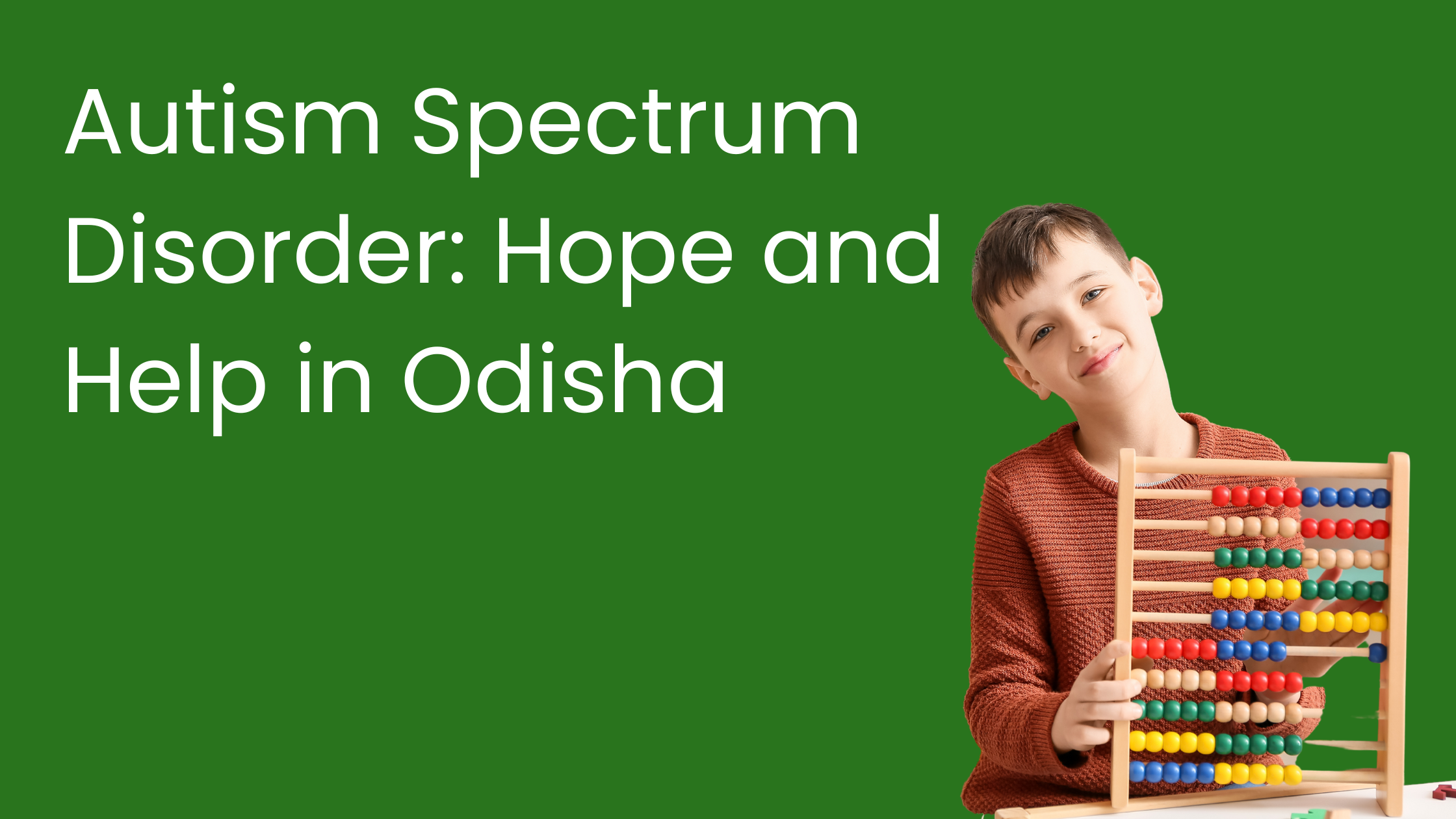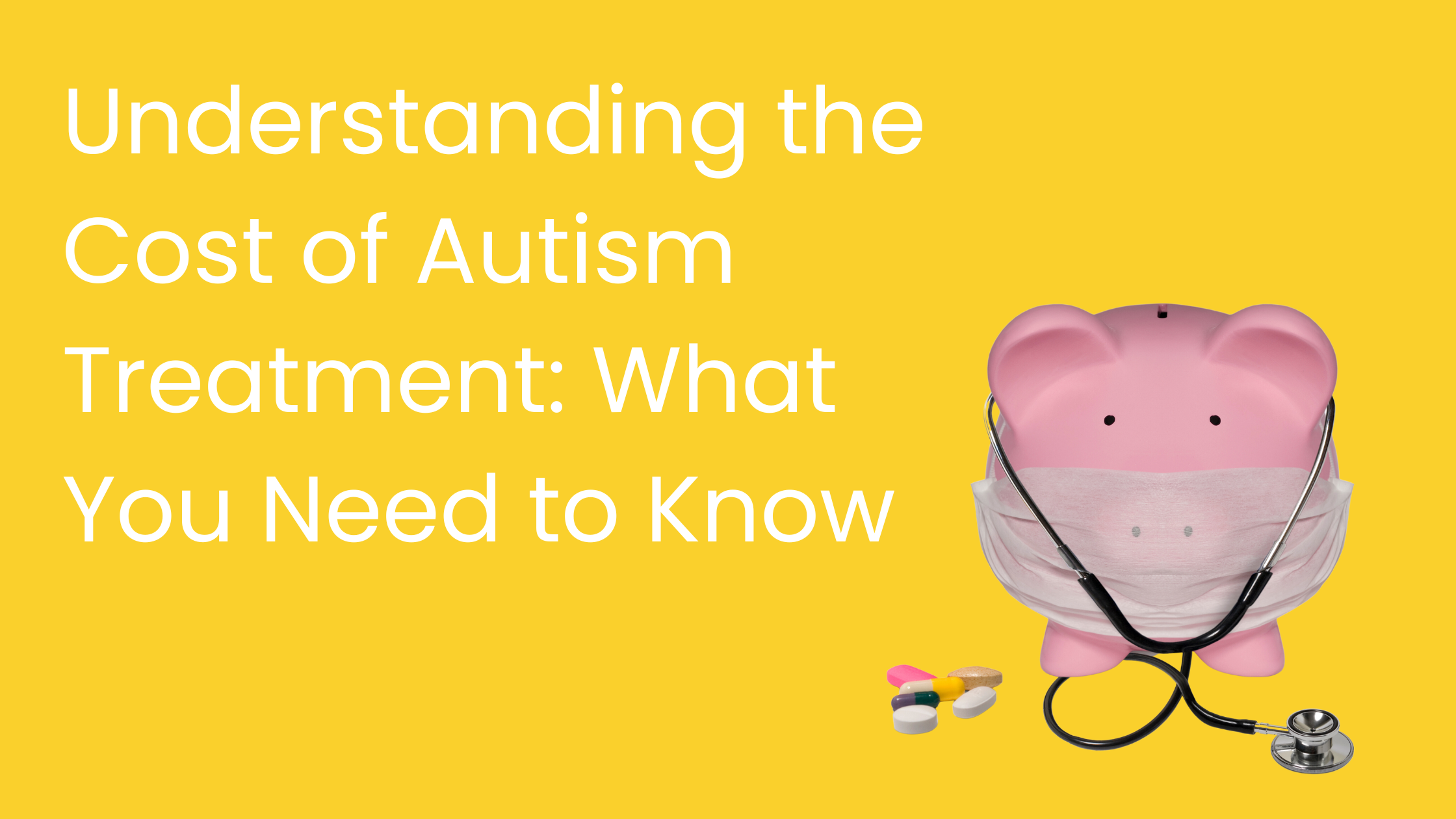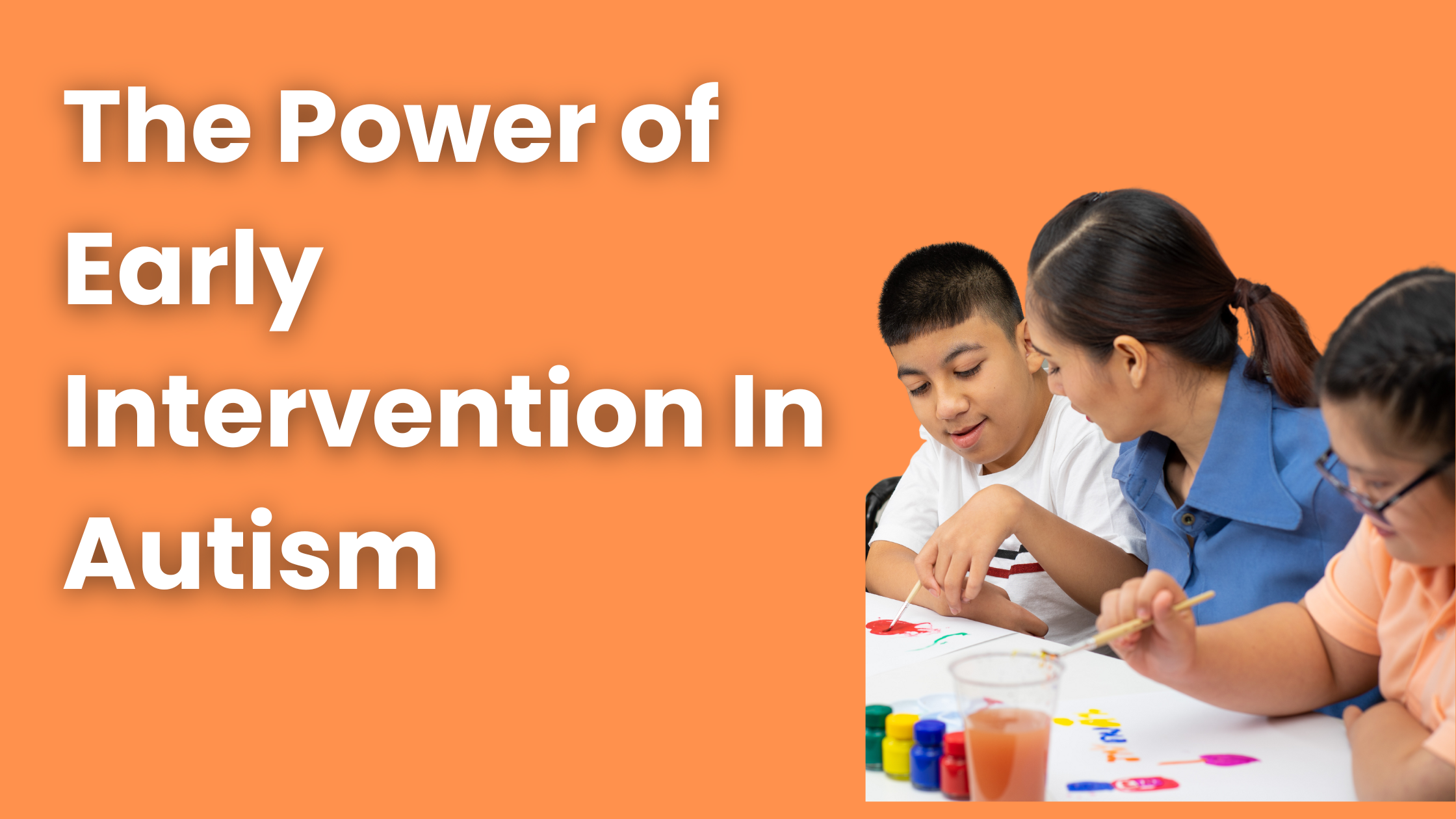
How Autism Early Intervention Can Nurture Development In Children?
admin
- 0
About Autism Early Intervention

Every child deserves the best possible start in life, and for children with autism, early intervention plays a crucial role in their development.
Autism Early intervention refers to targeted support and therapies provided to children with autism at a young age to enhance their communication, social skills, and overall well-being. If you are in india, then you should visit Autism Treatment in Bhubaneswar.
In this blog, we will explore the significance of early intervention and how it can positively impact the lives of children with autism and autism treatment.
Understanding Autism Early Intervention
Autism Early intervention typically begins between the ages of 2 and 5 when a child’s brain is most malleable.
It focuses on providing individualized therapies and interventions tailored to the child’s specific needs, aiming to address the core challenges associated with autism.
Promoting Communication Skills
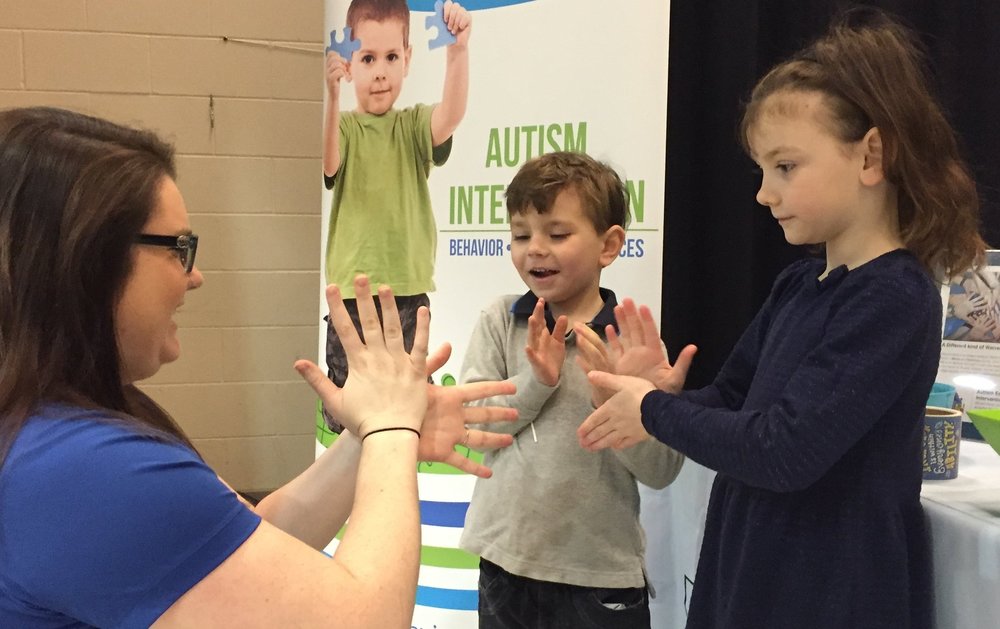
One of the key areas of focus in Autism Early intervention is improving communication skills.
Speech and language therapy, augmentative and alternative communication (AAC) systems, and social communication strategies can all contribute to helping children with autism develop effective communication abilities.
Enhancing Social Interaction
Social skills development is another crucial aspect of Autism Early intervention.
Through structured interventions, play-based activities, and socialization opportunities, children with autism can learn to engage with others, form connections, and build meaningful relationships.
Addressing Behavioral Challenges
Autism Early intervention also aims to address behavioral challenges commonly observed in children with autism.
Applied Behavior Analysis (ABA) therapy, positive behavior support, and other evidence-based strategies help children learn appropriate behaviors, manage emotions, and develop self-regulation skills.
Read More: Autism Spectrum Disorder Treatment in Odisha
Individualized Education Plans (IEPs)
Autism Early intervention often involves creating Individualized Education Plans (IEPs) in collaboration with parents, educators, and therapists.
These plans outline specific goals, strategies, and accommodations to support the child’s educational and developmental needs.
Involvement of Parents and Caregivers In Autism Early intervention

Parents and caregivers play a crucial role in effectiveness of early intervention in autism.
They receive training and guidance to implement strategies at home, promoting consistency and reinforcement of skills learned during therapy sessions.
Parental involvement enhances the child’s progress and empowers families in their journey.
Long-Term Impact and Benefits
Research has shown that early intervention can lead to significant improvements in cognitive, social, and adaptive skills in children with autism.
It sets a strong foundation for future learning, independence, and overall quality of life.
Access to Autism Early Intervention Services
Ensuring access to early intervention services is vital. Governments, healthcare systems, and educational institutions should strive to provide comprehensive support and reduce barriers to entry for families seeking early intervention for their children.
Why Is Early Intervention For Autism Important?
Autism Early intervention is important because it allows for timely support and targeted interventions to address the developmental challenges faced by children with autism.
Research has shown that starting interventions as early as possible can significantly improve outcomes, enhance communication skills, social interaction, and adaptive behaviors, leading to better long-term prognosis and increased potential for independent functioning.
Evidence-Based Interventions For Autism
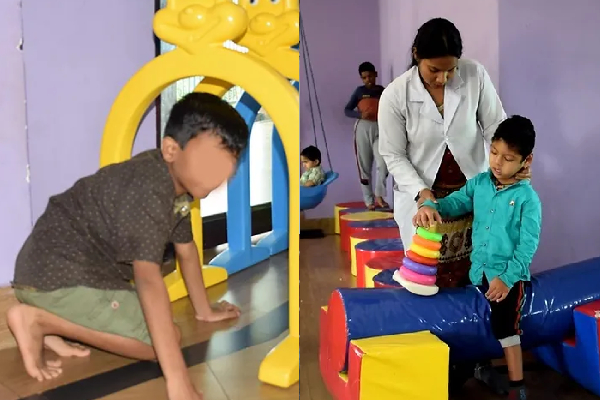
There are several evidence-based interventions for autism that have shown positive outcomes in research and clinical practice.
Some of the commonly used evidence-based interventions for autism include:
Applied Behavior Analysis (ABA): ABA is a comprehensive and individualized approach that focuses on teaching specific skills and reducing challenging behaviors through structured and systematic interventions.
Speech-Language Therapy: This intervention targets communication skills, including speech production, language comprehension, and social communication.
Occupational Therapy: Occupational therapy addresses sensory integration, motor skills, self-help skills, and daily living activities to enhance independence and functional abilities.
Social Skills Training: This intervention focuses on improving social interaction, perspective-taking, understanding nonverbal cues, and developing appropriate social behaviors.
Picture Exchange Communication System (PECS): PECS is a visual communication system that helps individuals with limited verbal skills to communicate their needs, wants, and thoughts using pictures or symbols.
Social Stories: Social stories are personalized narratives that help individuals with autism understand social situations, expectations, and appropriate behaviors.
Cognitive-Behavioral Therapy (CBT): CBT aims to address emotional and behavioral challenges by identifying and modifying negative thought patterns and promoting adaptive coping strategies.
It is important to note that the choice of intervention should be based on the individual needs, strengths, and preferences of the person with autism, and interventions should be implemented by trained professionals in collaboration with families and caregivers.
Conclusion
The power of early intervention cannot be overstated when it comes to nurturing the development of children with autism.
By providing targeted support, therapies, and educational strategies at a young age, we can help these children reach their full potential, promote their well-being, and enhance their overall quality of life.
Investing in early intervention is not only beneficial for individuals with autism but also for society as a whole, as it paves the way for a more inclusive and understanding future.
You may consult to School for Autism which is a healthy option for Autism treatment in Bhubaneswar.
They have clinics such as Neuro Developmental Clinic, Neuro-rehabilitation Clinic, Physical Disorders Clinic, Hearing Clinic, Speech Language Clinic, Brain Fitness Clinic.
(Note: This blog is for informational purposes only and should not be considered a substitute for professional advice. If you have concerns about your child’s development, please consult with a qualified healthcare professional or therapist.)
Call Direct at 9437005096 for any queries related to Autism.
Your Question & We Answer
[saswp_tiny_multiple_faq headline-0=”h4″ question-0=”What is the best early intervention for autism?” answer-0=”The best early intervention for autism typically involves a combination of therapies tailored to the individual needs of the child. Applied Behavior Analysis (ABA), Speech-Language Therapy, Occupational Therapy, and Social Skills Training are commonly used interventions that can help improve communication, social interaction, and adaptive skills in children with autism.” image-0=”” headline-1=”h4″ question-1=”Can a 2-year-old with autism improve?” answer-1=”Yes, a 2-year-old with autism can certainly improve with early intervention and appropriate therapies. Early intervention has been shown to have a significant positive impact on the development and outcomes of children with autism, including improvements in communication, social skills, and overall functioning.” image-1=”” headline-2=”h4″ question-2=”How to treat autism in a 3-year-old?” answer-2=”Treating autism in a 3-year-old involves a multidisciplinary approach that may include therapies such as ABA, Speech-Language Therapy, Occupational Therapy, and social skills training. Individualized treatment plans, tailored to the child’s specific needs, are created to address areas of difficulty and promote overall development and independence.” image-2=”” headline-3=”h4″ question-3=”What are the three main causes of autism?” answer-3=”The exact causes of autism are still being researched, and it is believed to be a complex interplay of genetic and environmental factors. While specific causes vary from person to person, the three main factors associated with autism are believed to be genetic predisposition, environmental influences, and possible prenatal factors.” image-3=”” headline-4=”h4″ question-4=”What is the root cause of autism?” answer-4=”The root cause of autism is not yet fully understood. It is believed to result from a combination of genetic and environmental factors. Genetic predisposition and various prenatal and environmental influences are thought to contribute to the development of autism spectrum disorder.” image-4=”” headline-5=”h4″ question-5=”What can I do to prevent autism?” answer-5=”Currently, there is no known way to prevent autism. However, maintaining a healthy lifestyle during pregnancy, seeking appropriate prenatal care, and avoiding exposure to harmful substances are recommended practices that can support the overall well-being of both the mother and the developing baby.” image-5=”” headline-6=”h4″ question-6=”Which parent carries the autism gene?” answer-6=”There is no single “autism gene” that can be attributed to one specific parent. Autism is a complex disorder with a strong genetic component. Multiple genes, along with environmental factors, contribute to the risk of developing autism. Both parents can potentially contribute genetic factors that may influence the likelihood of a child developing autism.” image-6=”” headline-7=”h4″ question-7=”Can autism be reduced?” answer-7=”While there is no cure for autism, early intervention and appropriate therapies can significantly improve the quality of life for individuals with autism. These interventions focus on addressing core challenges and supporting the development of communication, social skills, and adaptive behaviors, which can help individuals with autism lead fulfilling and independent lives.” image-7=”” headline-8=”h4″ question-8=”What is mild autism?” answer-8=”Mild autism is a term used to describe individuals who fall on the less severe end of the autism spectrum. It typically refers to individuals with higher functioning abilities and may be associated with milder social and communication challenges. However, it’s important to note that each person with autism is unique, and their needs and abilities can vary widely.” image-8=”” headline-9=”h4″ question-9=”What is level 1 autism?” answer-9=”Level 1 autism is a classification in the Diagnostic and Statistical Manual of Mental Disorders (DSM-5) used to describe individuals with autism who require support in social communication but demonstrate relatively intact language skills and cognitive abilities. People with level 1 autism often have challenges with social interactions and may exhibit restricted and repetitive behaviors.” image-9=”” headline-10=”h4″ question-10=”What does level 1 autism look like?” answer-10=”Individuals with level 1 autism may exhibit difficulties in social interactions, such as challenges in initiating or maintaining conversations, understanding social cues, and forming meaningful relationships. They may also engage in repetitive behaviors or have specific interests. However, they typically have functional language skills and average to above-average intelligence.” image-10=”” headline-11=”h4″ question-11=”what are the 3 forms of early intervention for autism” answer-11=”1. Applied Behavior Analysis (ABA): ABA is a widely recognized and effective intervention that focuses on teaching desired behaviors and reducing challenging behaviors through structured and systematic interventions. 2. Speech-Language Therapy: Speech-language therapy targets communication skills, including speech production, language comprehension, and social communication, to improve overall communication abilities. 3. Occupational Therapy: Occupational therapy addresses sensory integration, motor skills, self-help skills, and daily living activities to enhance independence and functional abilities in individuals with autism.” image-11=”” count=”12″ html=”true”]


